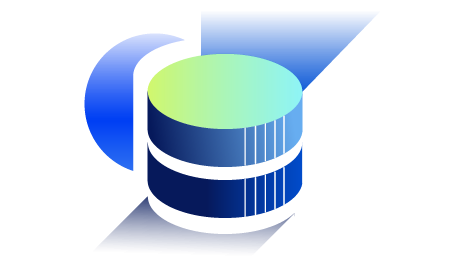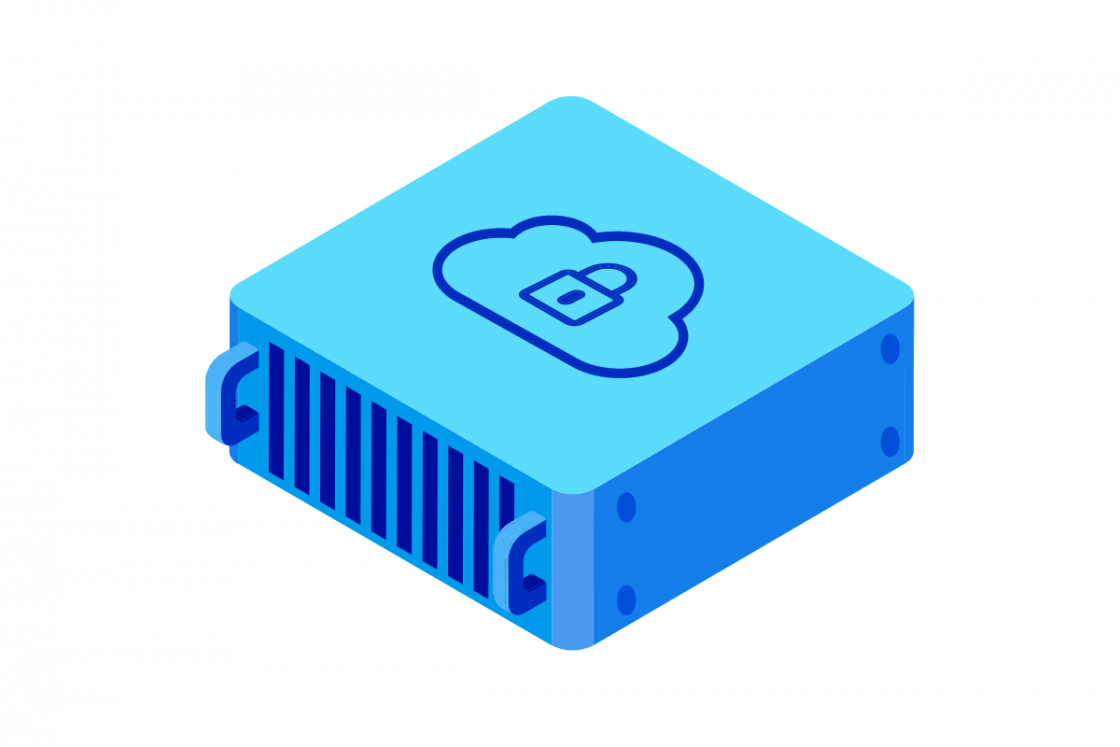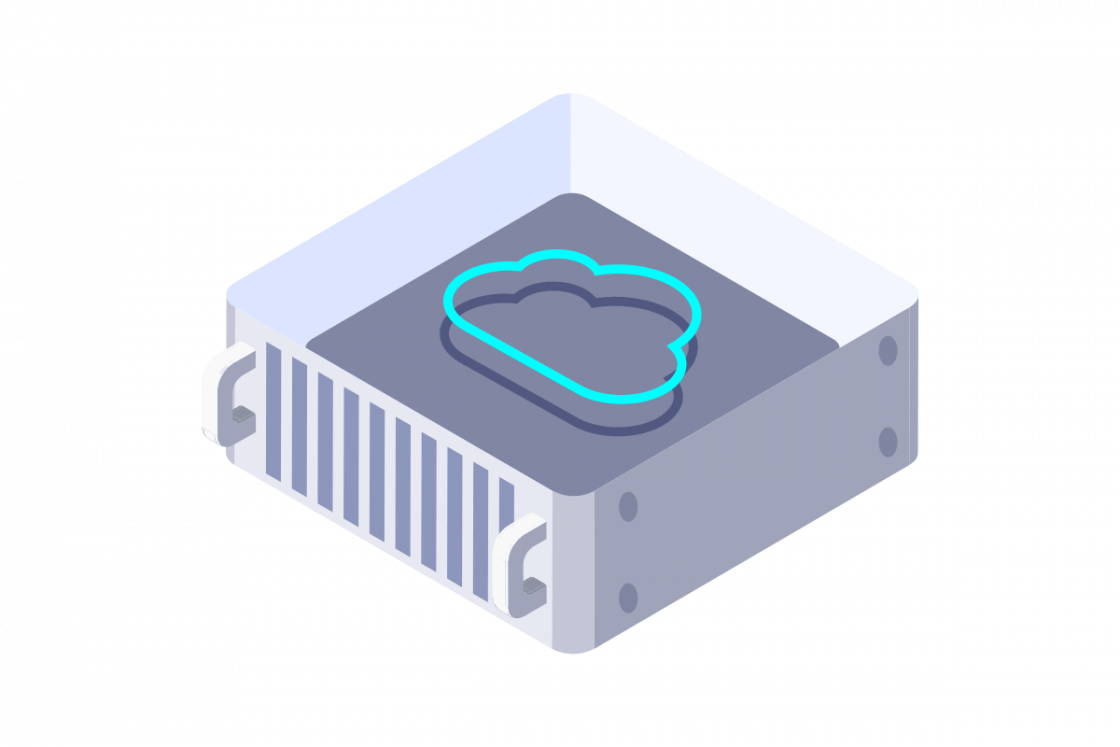What is data pipeline?
Introduction to Data Pipelines
Organisations are inundated with information from various sources. Understanding and transforming raw data into valuable insights is crucial for success. Data pipelines provide the infrastructure for collecting, processing, and channelling data to the correct destinations for analysis and decision-making.

Definition and Importance
A data pipeline is a series of steps that data goes through. Think of it like a manufacturing assembly line, but instead of physical products, it handles raw data and refines it into a usable form. This involves processes like:
- Ingestion: Gathering raw data from various sources (databases, APIs, sensors, social media, etc.).
- Transformation: Cleaning, validating, and converting the data into a consistent format. This might involve filtering out irrelevant information, correcting errors, or aggregating data points.
- Transportation: Moving the processed data to its final destination, such as a data warehouse, data lake, or data analytics platform.
Data pipelines automate data flow, eliminating manual data handling, saving time, and reducing errors. They improve data quality, ensuring data is accurate, consistent, and ready for analysis.
Data pipelines enable efficient analysis by providing analysts and business intelligence tools with a reliable stream of processed data. Additionally, they support real-time decision-making by delivering up-to-the-minute data for immediate insights.
Real-time Data Processing
While some data pipelines process data in batches, the need for real-time insights is skyrocketing. Real-time data processing involves handling data as it's generated with minimal latency. This allows organisations to:
- React instantly to events: For example, detecting fraudulent transactions, monitoring website traffic, or adjusting marketing campaigns in real-time.
- Personalise customer experiences: Delivering targeted offers and recommendations based on current user behaviour.
- Gain a competitive edge: Making faster, data-driven decisions to stay ahead of the curve.
Real-time data pipelines often use technologies like stream processing engines (e.g., Apache Kafka, Apache Flink) to handle the continuous flow of information.
Components of Data Pipelines
A data pipeline isn't a single monolithic entity. Instead, it's a system of interconnected components that streamlines the journey of data from its raw state to valuable insights. Understanding these components is key to understanding how data pipelines function and how to design them effectively.
Data Sources
The journey begins at the source, where raw data originates. These sources can be incredibly diverse, reflecting the variety of ways organisations gather information.
Think of the databases that store customer information and transaction records, the sensors collecting real-time data from manufacturing equipment, social media feeds buzzing with user interactions and external APIs providing access to valuable datasets.
Even files uploaded by users or generated by internal systems contribute to the mix. This diversity presents a challenge: data from different sources comes in various formats, structures, and quality levels.
Data Processing
Once data is collected from its various origins, it enters the processing stage, where the real magic happens. This stage involves a series of operations that refine and transform the raw data into a usable and consistent format. Imagine it as a series of filters and transformations, each playing a specific role in preparing the data for its final destination.
One crucial step is data cleansing, where inaccuracies and inconsistencies are addressed. This might involve removing duplicate entries, correcting errors, or filling in missing values. Think of it as tidying up the data to ensure its reliability.
Next comes data transformation, where the data's structure and format are adjusted to meet the pipeline's needs. This could involve converting data types, aggregating data points, or splitting fields. Imagine reshaping the data to fit perfectly into its intended use case.
Another important aspect is data validation, ensuring the data adheres to predefined rules and standards. This step acts as a quality check, verifying that the data meets the criteria for accuracy and consistency.
So, the data processing stage is where raw data undergoes a metamorphosis, emerging, refined and ready for analysis or storage. The specific operations performed depend on the nature of the data and the goals of the pipeline, but the overall aim is to enhance data quality, consistency, and usability.
Data Pipeline Architecture
While the components of a data pipeline describe its individual parts, the architecture refers to how these components are organised and interconnected. This structure determines how data flows through the pipeline, where it's stored, and how it's ultimately accessed. Two common architectural patterns used in data pipelines are data lakes (a data lakehouse) and data warehouses.
Data Pipeline Lakes
Imagine a vast, sprawling reservoir where all types of data flow freely and mingle together. That's the essence of a data lake. It's a centralised repository designed to store raw data in its native format, regardless of its structure or source. Think of it as a massive storage pool where structured data from databases, semi-structured data from social media feeds, and unstructured data like images and text files coexist.
This flexibility is a key advantage of data lakes. They don't impose rigid schemas upfront, allowing you to ingest data quickly without worrying about pre-defining its structure or purpose. This makes data lakes ideal for handling diverse data types and exploring new analytical possibilities as they emerge.
However, flexibility can also lead to challenges. Without proper organisation and metadata management, a data lake can become a "data swamp," where valuable information gets lost in the vastness. Implementing data governance and cataloguing practices is crucial to ensure data discoverability and quality.
Data Warehouses
In contrast to the free-flowing nature of data lakes, data warehouses are more structured and purpose-built. Think of them as carefully organised libraries where data is neatly categorised and shelved for specific analytical needs. Data in a data warehouse is typically structured and relational, cleaned, transformed, and loaded according to a predefined schema.
This structure makes data warehouses highly efficient for querying and analysing data for specific business intelligence and reporting tasks. They provide a reliable source of truth for key performance indicators (KPIs), historical trends, and other critical business metrics.
However, a data warehouse's rigid structure can limit its flexibility. Adding new data sources or accommodating changes in the data structure can require significant effort and schema modifications.
Data lakehouse
Data lakehouses offer simplicity, flexibility, and cost-effectiveness by implementing data structures and management features akin to data warehouses on low-cost storage solutions typical of data lakes. This hybrid model is more economical than traditional data warehousing solutions and provides robust data governance, ensuring data quality and compliance.
Use Cases: Data lakehouses are adopted across various industries, including:
- Healthcare: Storing and analyzing data from electronic health records and medical devices to enhance patient care.
- Finance: Managing and analyzing financial transactions and risk management data for better investment decisions.
- Data Modernization: Upgrading existing data systems for improved performance and cost-efficiency.
- Real-Time Data Processing: Analyzing data as it is generated, enabling real-time reporting and analytics.
Cloud-based Data Pipelines
Cloud Data Tools
Cloud providers offer vast tools and services specifically designed for building and managing data pipelines. These tools cover every stage of the data journey, from ingestion to analysis.
- Ingestion: Cloud platforms provide services for quickly ingesting data from various sources, including databases, APIs, social media feeds, and IoT devices. These services often include pre-built connectors and integrations, simplifying connecting to different data sources.
- Processing: Powerful cloud-based data processing engines, like Apache Spark and Apache Flink, enable efficient transformation and analysis of large datasets. These engines can be easily scaled to handle fluctuating data volumes and complex processing tasks.
- Storage: Cloud storage solutions, especially object storage, provide scalable and cost-effective storage for all types and sizes of data.
- Orchestration: Workflow orchestration services help automate and manage the data flow through the pipeline. These services allow you to define complex data pipelines with dependencies, scheduling, and monitoring capabilities.
- Analytics: Cloud platforms offer various analytics services, including data warehousing, data lakes, and machine learning platforms. These services provide the tools and infrastructure for extracting insights from your data.
ETL Pipelines in the Cloud
Extract, Transform, Load (ETL) is a common data integration process used to consolidate data from multiple sources into a target data repository. Cloud platforms provide robust support for building and running ETL pipelines.
- Scalability and flexibility: Cloud-based ETL tools can dynamically scale resources to handle fluctuating data volumes and processing demands, eliminating the need for upfront investments in hardware and infrastructure.
- Cost-effectiveness: Cloud providers offer pay-as-you-go pricing models, allowing you to pay only for the resources you consume. This can significantly reduce ETL pipeline costs compared to on-premises solutions.
- Managed services: Many cloud providers offer managed ETL services, which handle the underlying infrastructure and maintenance. This allows you to focus on building and managing your data pipelines.
By leveraging cloud data tools and services, organisations can build robust, scalable, and cost-effective data pipelines that empower data-driven decision-making.
Building and Managing Data Pipelines
Creating a successful data pipeline involves more than just understanding its components and architecture. It requires careful planning, diligent management, and a focus on key considerations throughout the pipeline's lifecycle.
When designing a data pipeline, it's crucial to consider the characteristics of the data itself. This is often described using the four "V's" of big data:
- Volume: How much data are you dealing with? A pipeline handling terabytes of data will require different infrastructure and processing capabilities than one handling gigabytes.
- Velocity: How fast is the data arriving? Real-time applications require pipelines that can ingest and process data with minimal latency.
- Variety: What types of data are you collecting? Handling a mix of structured, semi-structured, and unstructured data requires flexible processing and storage solutions.
- Veracity: How accurate and trustworthy is the data? Data quality checks and validation are essential to ensure reliable insights.
These factors significantly influence pipeline design choices. For example, high-volume data might necessitate distributed processing frameworks like Apache Spark, while real-time requirements might lead to the adoption of stream processing technologies like Apache Kafka.
Data Quality Management
Data quality is paramount. A pipeline is only as good as the data it delivers. Data quality is ensured by proactively implementing data quality checks and validation processes throughout the pipeline.
This might involve analysing data to understand its structure, content, and quality issues, removing duplicates, correcting errors, handling missing values, and ensuring data conforms to predefined rules and standards.
By proactively addressing data quality, you can ensure that your pipeline delivers accurate and reliable information for analysis and decision-making.
Leveraging AI into Data Pipelines for data monitoring, , and root-cause analysis and advanced data observability enables hyper-scalable data quality management.
Monitoring and Maintenance
Once your pipeline is operational, ongoing monitoring and maintenance are essential to ensure its smooth operation and data integrity.
This involves tracking key metrics like data throughput, processing latency, and error rates to identify bottlenecks and potential issues. Setting up alerts to notify you of anomalies or critical events and maintaining detailed logs to facilitate troubleshooting and debugging are also crucial. Regular maintenance, such as performing data backups, software updates, and security patches, further contributes to a well-maintained pipeline.
Security and Compliance
Data security is a critical concern, especially when dealing with sensitive information. Protecting data within the pipeline requires a multi-layered approach:
Implementing strict access controls to limit who can access and modify data at each pipeline stage. Encrypting data both in transit and at rest protects it from unauthorised access.
Safeguarding sensitive data by masking or anonymising it when appropriate. Adhering to relevant data privacy regulations and industry standards (e.g., GDPR, HIPAA, ISO 27701 or SOC 2 Type II).
By prioritising security and compliance, you can build trust in your data pipeline and safeguard valuable information.
OVHcloud and Data Pipelines
Businesses need to be able to efficiently manage and analyse large amounts of data for everything from regular day-to-day operations through to AI solutions. OVHcloud offers a suite of data management tools to help businesses of all sizes meet their data needs.

OVHcloud Data Platform
A comprehensive data management solution that provides a single point of entry for all your data needs. It includes a variety of services, such as data storage, data processing, and data analysis.

OVHcloud Data Processing Engine
Get a high-performance data processing platform that can handle large amounts of data. It embeds open-standard transformation frameworks like Pandas and Spark, as well as Jupyter Notebooks.

OVHcloud Data Catalog
Our Data Platform data catalogue provides a centralised collections repository for all your data sources. It allows you to search, browse, and start cleansing as a first step of data pipelines management.